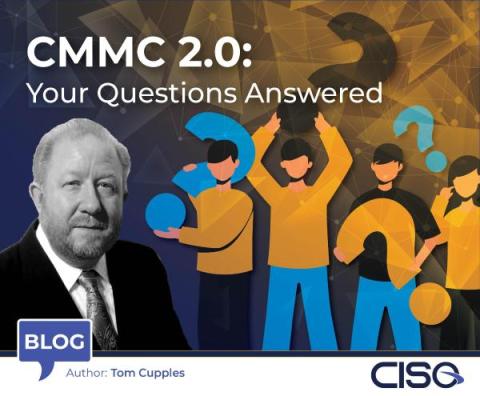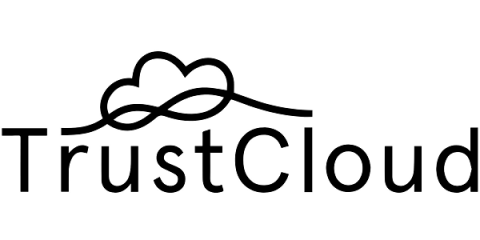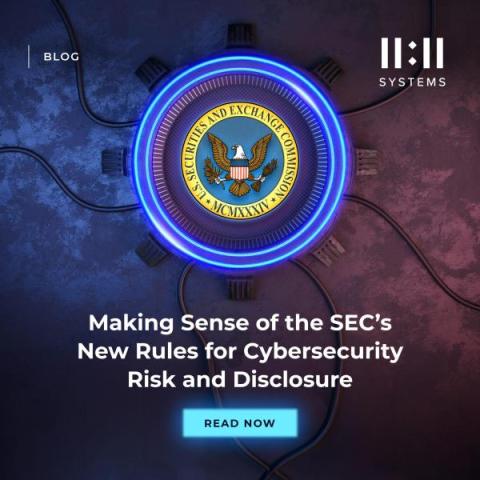PCI DSS Requirement 10 - Changes from v3.2.1 to v4.0 Explained
Keeping track of who is accessing your systems and data is a critical part of any security program. Requirement 10 of the PCI DSS covers logging and monitoring controls that allow organizations to detect unauthorized access attempts and track user activities. In the newly released PCI DSS 4.0, Requirement 10 has seen some notable updates that expand logging capabilities and provide more flexibility for merchants and service providers.









